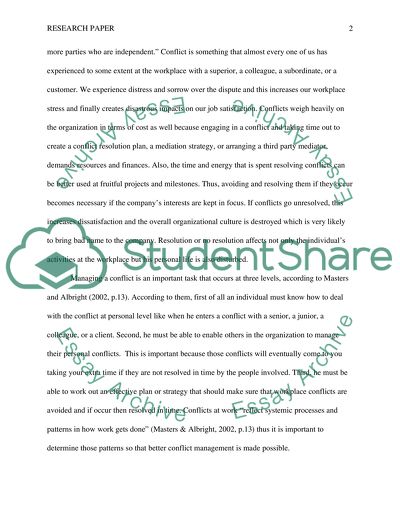Cite this document
(“The Nature of Conflict and Mediation at the Workplace Research Paper”, n.d.)
Retrieved from https://studentshare.org/family-consumer-science/1414595-conflicts-in-the-workplace
Retrieved from https://studentshare.org/family-consumer-science/1414595-conflicts-in-the-workplace
(The Nature of Conflict and Mediation at the Workplace Research Paper)
https://studentshare.org/family-consumer-science/1414595-conflicts-in-the-workplace.
https://studentshare.org/family-consumer-science/1414595-conflicts-in-the-workplace.
“The Nature of Conflict and Mediation at the Workplace Research Paper”, n.d. https://studentshare.org/family-consumer-science/1414595-conflicts-in-the-workplace.


